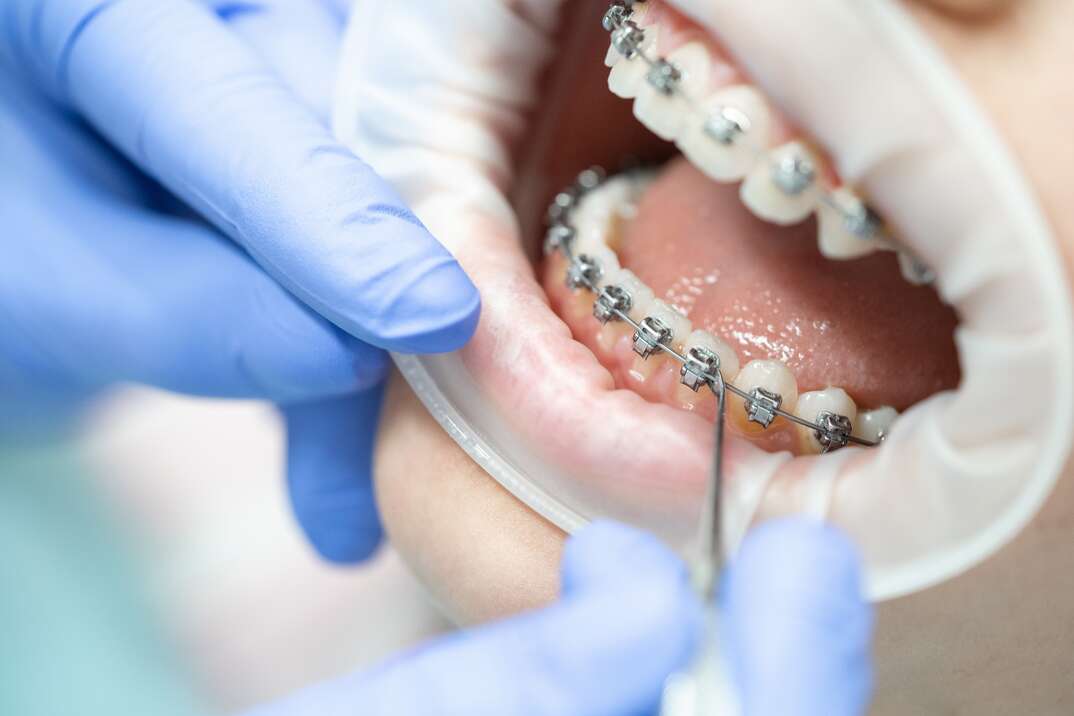Does Insurance Cover Orthodontic Treatment?

Whether your child needs braces or you're dealing with a bite alignment issue, you may be side-eyeing the orthodontist quote and wondering how you're going to cover the bill.
Dental insurance can certainly help quite a bit when you're dealing with a cavity or need a crown, but when it comes to orthodontic insurance, it can be a bit more complicated. Find out what common orthodontic treatments for children and adults are covered by orthodontic insurance and which ones typically aren't.
What Types of Orthodontic Treatments for Children Are Covered by Insurance?
Whether orthodontic treatments are covered by insurance depends on your insurance provider and your specific plan. You generally need separate dental coverage for any orthodontic treatment to be covered under your health insurance. You may also be required to go to a specific in-network orthodontist for any part of the treatment to be covered.
Braces are one of the most common orthodontic treatments children get, and many dental insurance providers cover them to some degree. However, which orthodontic treatments are covered by insurance can vary depending on the provider and plan. For example, some insurance providers only cover traditional metal braces and won't cover sublingual braces or clear plastic aligners. There may be a cap on how much the insurance plan will cover, and most providers will only cover braces once, which means you could be stuck with the entire bill if your child needs them again, even if you have dental insurance.
Other types of orthodontia treatments for children that may be covered by insurance include space maintainers, palate expanders, headgear, retainers and other functional appliances that are used to treat certain issues with bite and alignment.
For adults, the orthodontic treatments covered by dental insurance are often limited to those that are related to some type of injury, such as a broken jaw. These emergency orthodontic treatments may also be covered by regular medical insurance if they're related to a covered accident or injury. For example, if you're in a car accident, the dental work may be included as part of your overall injuries, which would likely make it eligible for coverage. Some dental insurance plans may have additional riders you can purchase that cover adult orthodontic treatments.
More Related Articles:
- How Often Should You Go to the Dentist?
- Do Dentists Offer Payment Plans?
- Everything You Need to Know About Emergency Dentists
- How Much Does a Dental Cleaning Cost?
- How Much Do Dentures Cost?
What Types of Orthodontic Treatments Are Typically Not Covered by Insurance?
Some types of orthodontic treatments aren't covered by insurance. As mentioned above, certain types of braces, such as metal braces, are typically covered for children. However, braces for adults are generally excluded from any type of insurance coverage, and some plans cap the maximum age for braces coverage at 16. Some newer orthodontia treatments, including sublingual braces and clear aligners, such as Invisalign, may also not be covered.
Orthodontic treatments that are done for purely aesthetic reasons typically aren't covered. For example, if the orthodontist recommends a treatment to make the teeth more symmetrical or to make them look better and there aren't any functional issues with overcrowding or bite alignment, the insurance provider could deny coverage.
It's always a good idea to call your dental insurance provider to find out exactly what's covered, whether you have to use an in-network provider and what the restrictions may be. Keep in mind that your orthodontist may not have the most up-to-date information on what's covered or what your co-pay may be, which is why you should confirm with your provider. If you need orthodontic treatment that isn't covered by your insurance, you may be able to use funds from a Health Savings Account or ask for a payment plan from the orthodontist.
Elocal Editorial Content is for educational and entertainment purposes only. The information provided on this site is not medical advice. Editorial Content is not intended to be used for diagnosis or treatment. We are not physicians or a substitute for advice from a physician. The opinions, beliefs and viewpoints expressed by the eLocal Editorial Team and other third-party content providers do not necessarily reflect the opinions, beliefs and viewpoints of eLocal or its affiliate companies. Use of the Blog is subject to the
Website Terms and Conditions.The eLocal Editorial Team operates independently of eLocal USA's marketing and sales decisions.



